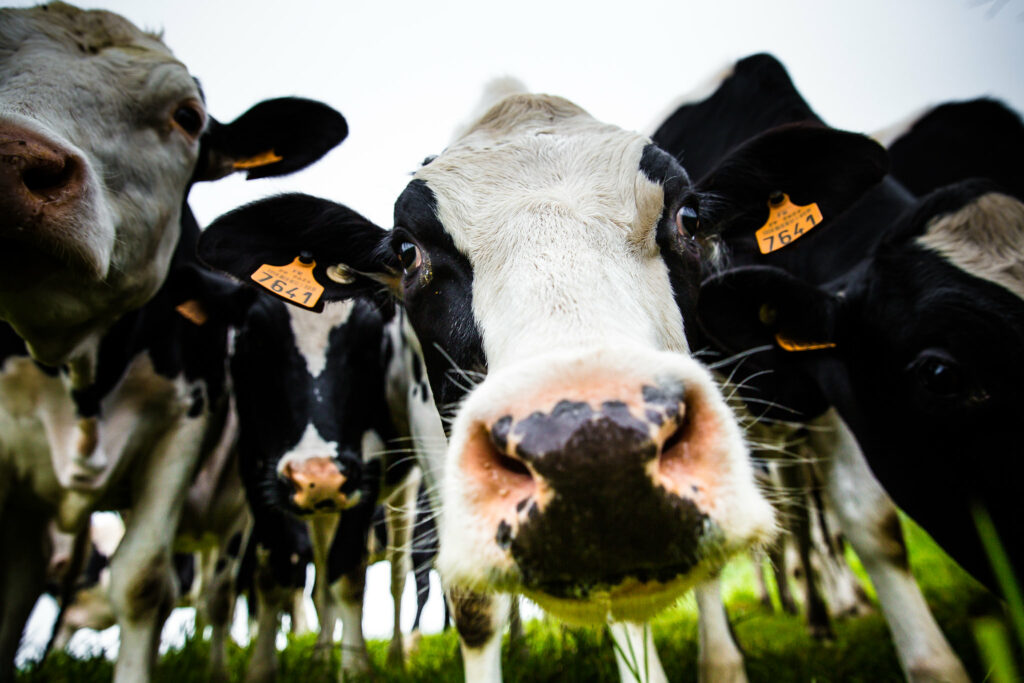Should Irelands Ruminant Livestock Production be Culled Even Though it is One of The Most Sustainable in The World?

(O’Mara, et al., 2021) examines the sustainability of ruminant livestock in Ireland. This paper looks at current sustainability in ruminant livestock, environmental characteristics of the ruminant livestock, policy and targets set for Irish agriculture and possible solutions and new technologies to aid progress in reducing greenhouse gas emissions. Irish agriculture was responsible for 37.1% of national Greenhouse Gas (GHG) emissions in 2020, with methane representing around 2/3 of total GHG emissions. Agriculture and livestock in Ireland make up a large percentage of GHG emissions, however, this obscures the reality that this is a sector with a low emissions per unit of output when compared at an international level, resulting in a long-term contribution to global food security. Although Irish ruminant livestock are extremely efficient in producing food and protein sources for millions of people around the world, GHG emissions need to be reduced to help the environment and reduce the effect of climate change. A possible way to reduce GHG from livestock in Ireland is using Economic Breeding Index (EBI).
It’s estimated that about 65% of total land in Ireland is suitable for agriculture, with 90.4% of that being utilized in 2016. With a grass-based system, long grazing seasons, and a cool temperate oceanic climate ideal for grass growth, Ireland is one of the most sustainable livestock producers in the world. Milk and meat produced in Ireland have GHG emissions intensity of 0.21kg of human edible protein for 1kg produced, with beef being 0.43kg (O’Mara, et al., 2021). This grass-based system is more sustainable than other countries where concentrates are used, leading to more methane being produced (O’Brien, et al., 2010). However, GHG emissions from agriculture still needs to be reduced. The Economic Breeding Index (EBI) is used in Ireland mainly for fertility and productivity traits, leading to easier calving and economic gains. It is stated in this journal article by (O’Mara, et al., 2021), that breeding for higher EBI in dairy cows has been shown to reduce GHG emissions per unit of product by 1%, for only €10 extra cost each. This could possibly improve with promising results being shown in Irelands first large-scale measurement of methane emissions from beef cattle in Ireland carried out by Teagasc. Furthermore, the addition of breeding based on methane emissions could be added to the EBI to help reduce methane emissions. However, further research needs to be carried out regarding EBI effectiveness on large scale farms. Other mitigation strategies could be increasing the length of the grazing season which has shown to reduce GHG emissions, however, this is affected by weather and ground conditions.
“Focussing on greenhouse gas emissions, the data indicates that dairy farmers continue to improve their environmental efficiency, with lower levels of greenhouse gases generated per tonne of product produced. However, these efficiencies are being overridden by a rising dairy cow population. In spite of the improved emissions efficiency, total dairy farm emissions continue to increase although emissions per ha remained constant on the back of increased area farmed.”
These are the comments of Trevor Donnellan speaking recently at the release of the Teagasc National Sustainability Report for 2020. These findings corelate with the findings in this research article, that while using EBI can be effective on GHG emissions in cattle, it shows that when there has been an increase in herd number the EBI is less effective. With the national dairy herd growing each year since 2015 as a result of the milk quota being abolished, this could pose a threat to the effectiveness of using EBI to help reduce GHG emissions in Ireland. To help with this, it could be possible that there could be a stop put on the growth of the national herd.
While Irish livestock production systems have many positive fundamental attributes, continued evolution and improvements are necessary over the coming years to decrease environmental impact and meet environmental regulations.” – The author concluded regarding Irelands exceptional agriculture, however, realising that changes over the next 10 years will be needed to reach the goals set at both EU level and nationally in the Agri-food strategy 2030.
Ireland’s agri-food sector has grown yearly and in 2019 had a value of €14.5 billion the economy. With the dairy herd increasing significantly in recent years, and new exports and markets growing, it will be hard for the sector to bear the losses that will be needed to reduce GHG emissions by 2030. With a reduction target of 10-15% set in 2019, now being doubled in 2021 to 22%-30% reduction for the agriculture sector to reach by 2030, I believe it will be extremely difficult to reach these emission targets without a cut to the national herd. The question to ask now is, is it more sustainable and environmentally friendly to reduce livestock production in Ireland, which is one of the most sustainable in the world, only for other countries to import products from South America, that is poor quality, higher emissions and using deforestation to expand its livestock production? If using EBI is to be successful, there can be no further growth to the national herd as it is less effective with larger numbers. With recent Fodder crisis’s in Ireland, climate change could be blamed, but for a country that utilises over 90% of land available for agriculture, it could be argued that there is too many animals to feed.
Notes: Eoghan Mc Dermott, M.Sc. Agri-food Sustainability & Technology, 21251365, E.McDermott19@nuigalway.ie
References
O’Brien, D. et al., 2010. The influence of strain of Holstein-Friesian cow and feeding system on greenhouse gas emissions from pastoral dairy farms. Jounal of Dairy Science, Volume 93.
O’Mara, F. et al., 2021. Sustainability of ruminant livestock production in Ireland. Animal Frontiers, 11(4), pp. 32-43.